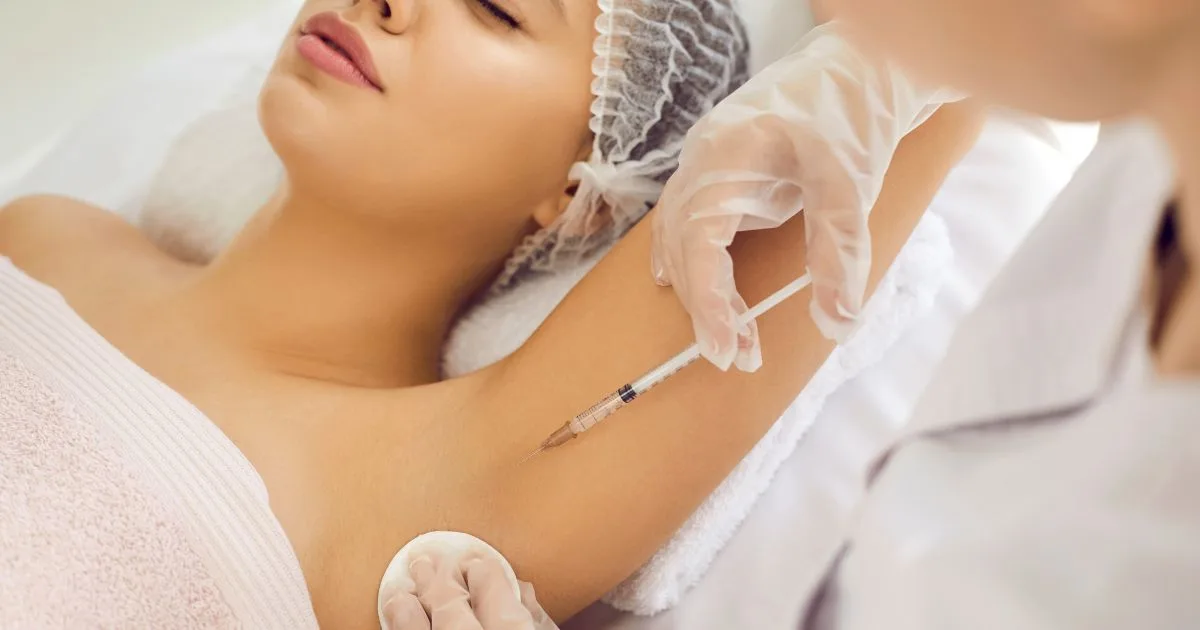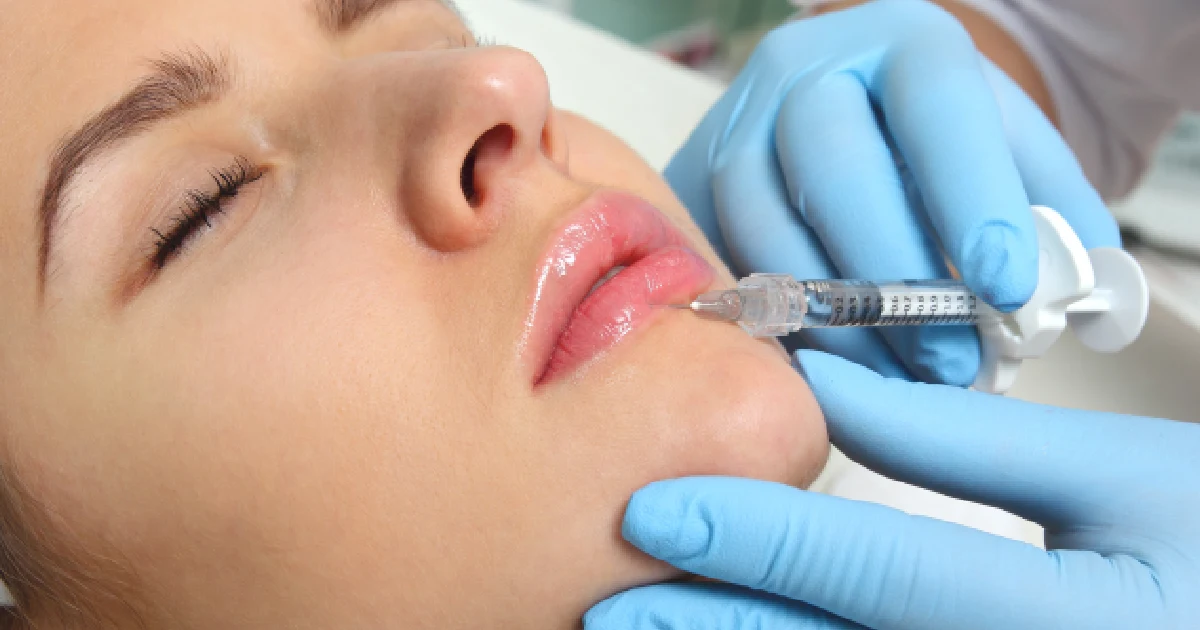Microneedling is today’s modern approach to skin rejuvenation. This minimally invasive procedure uses thin needles to help lessen skin concerns’ unwanted appearance. Issues like acne scars, stretch marks, or wrinkles are common concerns patients seek a solution with using microneedling. Most people get this treatment for cosmetic purposes. However, it can also help with some medical conditions.
Today, let us learn about microneedling, how it works, and how it can rejuvenate your skin. Read until the end and discover if this skin treatment is for you.
What is Microneedling?
As a cosmetic procedure, microneedling involves skin pricking using tiny sterilized needles. Minor wounds trigger our body to make more collagen and elastin, eventually healing the skin and helping you become younger-looking. Also called collagen induction therapy, most patients intend microneedling for their faces, but this treatment can also be administered on your legs, back, neck, or other areas where you notice damaged or aging skin. You’ll probably need multiple treatments to achieve your desired results.
Microneedling may help with issues like:
- Appearance reduction of scars and acne scars
- Appearance diminishing of wrinkles and fine lines
- Reduction of enlarged pores
- Removal of hyperpigmentation or dark spots
- Smoothing of uneven skin tone
- Improvement of skin elasticity
- Elimination of stretch marks
- Appearance lessening of scars
- Hair growth promotion for those with alopecia
Microneedling is less expensive than laser treatments, which cost four times more. This treatment may work better for those with darker skin tones since microneedling doesn’t involve heat like laser treatments, which can significantly affect the color or pigmentation of your skin. Please seek professional advice from dermatologists who know what’s best for your skin and can work it out with your budget.
What Happens When You Get Microneedling?
Dermatologists are skin experts that can do and administer microneedling. Aestheticians can also do it. When trying this treatment somewhere other than a doctor’s office, check on the person’s experience and credentials first, and ensure that all equipment practitioners will use is sterilized.
On the one hand, there are also do-it-yourself versions of treatment devices used in microneedling. However, dermatologists and other skin experts warn against using these DIY kits because accidents might hurt your skin even more. You may not have excellent options to sterilize the needles, too.
How It Works?
Typically, the microneedling procedure takes about 10-20 minutes, depending on the area’s size. On average, a patient needs roughly 4-6 treatments before seeing any difference.
- First, practitioners will use numbing creams to smoothen your face so you won’t feel the sensation of needles pricking your face.
- Then, your microneedling practitioner will slowly move the pen-shaped or rolling tool with the tiny needles, pricking the areas around your face.
- The needles make minor cuts in your skin, causing a bit of bleeding during the process.
- Your doctor may then spread creams or serums on your face after the treatment to ease any pain or discomfort from the microneedling procedure.
Microneedling aims to trigger your body’s natural healing process by sending the collagen and elastin you have in your body to patch up those slight injuries. Collagen is a protein that helps fill in and smoothen out unwanted wrinkles. Most patients undergo microneedling on the face, but practitioners can also do it on other body parts like the areas of the thighs or stomach.
Microneedling Healing and Risks
Some important things to think about before deciding to try it:
- Bruising and bleeding will usually happen during microneedling. However, deeper microneedling treatments may cause even more bleeding or bruising to your skin.
- Healing time may take a few days or several weeks to complete. It will depend on how deep the needles pierce your skin.
- Infection may happen after microneedling because of the tiny holes created in the skin. These punctures could let germs enter, mainly if practitioners used unsterilized equipment. But the risk of infection is shallow. If you’re healthy, a condition from microneedling is unlikely.
- Microneedling is not a quick fix. Results from microneedling take time before becoming noticeable and making a difference because the body heals itself. Most patients need a few treatments before they see any change.
- Pain and redness are minor discomforts that may happen after the microneedling procedure. These after-effects may cause redness of your skin for a few days.
- Peeling may make your skin feel tight and flake a bit while it heals.
- Possible scarring is possible. Microneedling isn’t a good idea for people with keloids or those unwanted large bubble-like scars on your skin. It could make the condition worse.
In addition, microneedling is a cosmetic procedure intentionally done to oneself, so insurance usually doesn’t cover this treatment. Doctors or healthcare providers will tell you the total number of treatments you need, giving you an idea of how much you’ll need financially.
Microneedling Safety and Costs
Microneedling is considered safe. But like any procedure, it has risks.
In-Office Procedures
Allergic reactions may occur from the cream or serum administered on your skin after the treatment. Additionally, the wounds might get infected if you don’t clean your skin. It will help if you avoid places that could potentially have a lot of germs, such as swimming pools and bodies of water like lakes, rivers, and oceans. Furthermore, refrain from using irritating soaps and lotions in the meantime.
You can also get infections and allergic reactions from unsterilized equipment used for your microneedling treatment.
DIY At-Home Devices
At-home microneedling kits, or home rollers, are becoming increasingly popular. They’re widely available and inexpensive.
At-home rollers use shorter, duller needles than those used by professional microneedling devices. These home rollers help temporarily stimulate blood vessels, resulting in the brightening of your skin. But home rollers often do not result in the same results as those from microneedling at a dermatologist’s office or medical spa.
Like professional microneedling devices, home rollers can spread germs if they aren’t cleaned properly. Don’t use a home roller on the infected skin.
How Can Microneedling Rejuvenate the Skin?
Microneedling does a tremendous job of enlightening and reversing hyperpigmentation and sun damage. This feat results from stimulating collagen production and its ability to repair and restore your skin. Some research suggests that microneedling is the most effective therapy for sun spots.
Microneedling rejuvenates the skin by activating natural cellular turnover that increases collagen and elastin production. The technique improves the texture and tone of the skin over time, making it appear smoother and more youthful.
Final Thoughts on Microneedling
Microneedling is a newer treatment that helps keep your skin firm and healthy. It has many benefits and can be used to improve wrinkles, discoloration, scars, and hair loss. It is a safe procedure with little downtime and side effects. Talk to your trusted skin experts to know if microneedling will work for your skin issues and concerns.
Are you intrigued by microneedling? Our great friends at CONTŌR Studios can help you today. Visit them now! https://contorstudio.com






